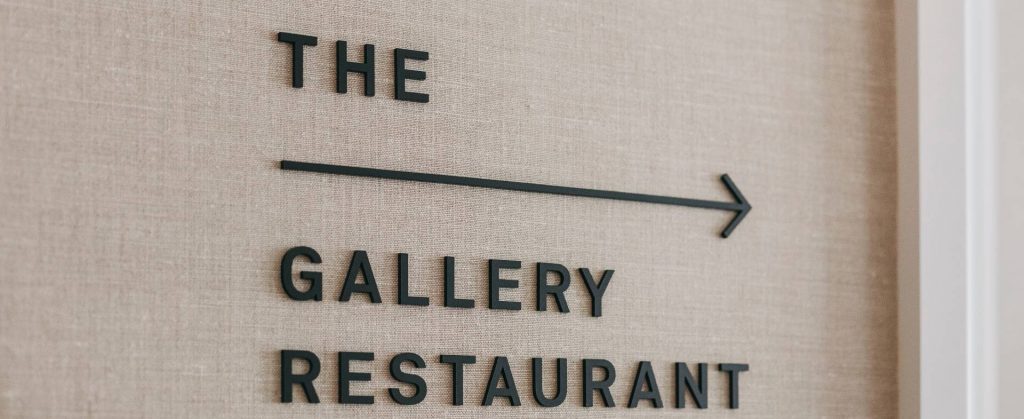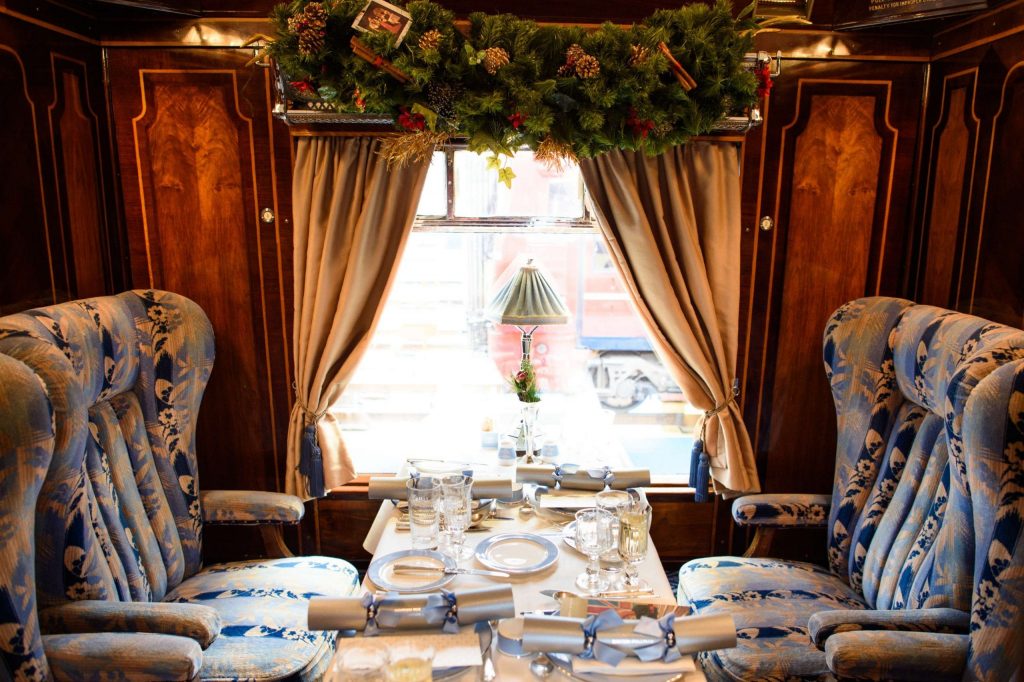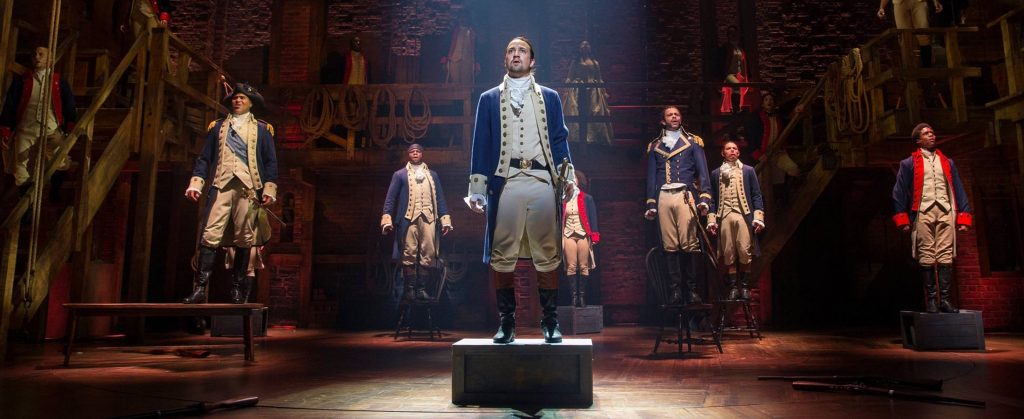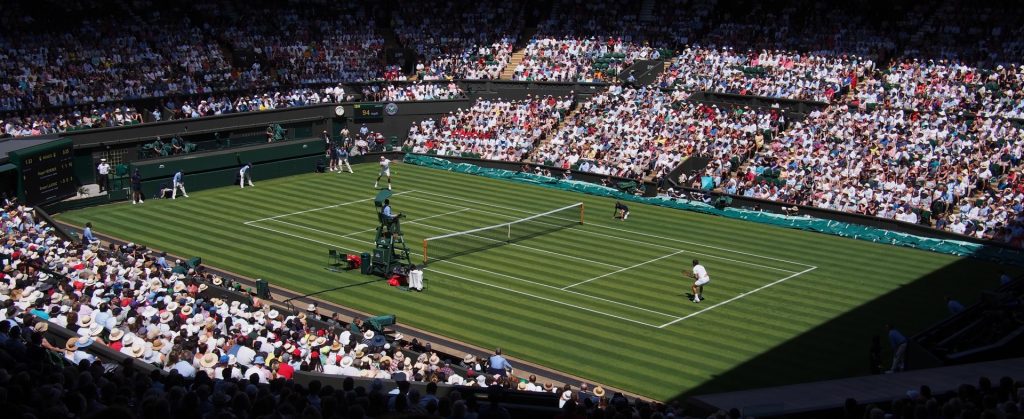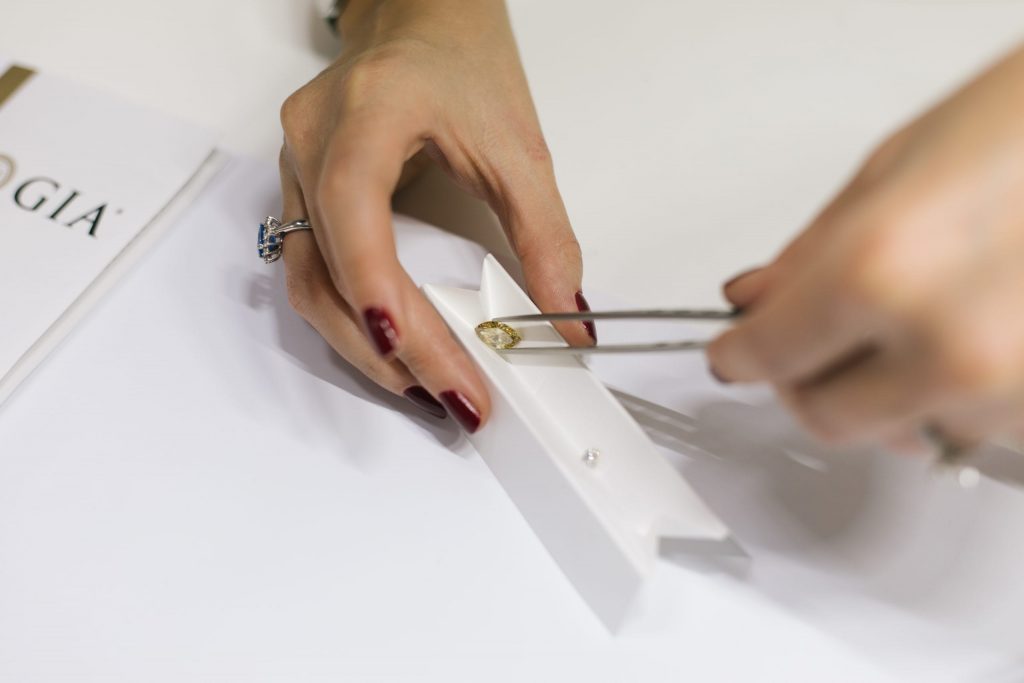Dreweatts, a leading auction house since 1759, is located in the beautiful Donnington Priory in Newbury. The Sybarite spoke to James Nicholson, Deputy Chairman of Dreweatts and International Head of Jewellery, Silver and Watches. James has over 30 years experience in the jewellery industry, and gave The Sybarite some incredible insight into the world of Dreweatts auctions. We spoke to James about some of the most unique pieces he has come across in his career, the younger audience attracting luxury goods at auction and how buying unique period jewellery is a much more environmentally responsible thing to do.
Tell our readers a bit about yourself and your background.
I have been in the jewellery and auction industry all my career, for 30 years now. I was fascinated as a little boy by gem stones and built up a small library of books about stones. I then became mesmerised by jewellery when my family lived in Iran in the late 70s, prior to the Revolution, especially by the jewellery on display in the shops in the bazar, and even more so by visiting the magnificent Iranian Crown Jewels Collection – which is one of the best in the world.
Before I went to university, I knew I wanted to work with antiques or jewellery and hoped to get into the auction world. I was lucky enough to get a holiday job with Asprey in London, followed by working for 18 months with traditional family jewellers in my home town of Aberdeen in Scotland. So when I left university, I had a very clear idea of what my career path would be.

You began your career in jewellery at Mappin & Webb and at Bonhams. How did these experiences shape your career?
Working for the owners of a very traditional family jewellery business, who had had the business for three generations, before going to university, it was drummed into me by the family about the importance of attention to detail and customer service. The family were tough task masters with extremely high standards, but also very kind and supportive to their staff, and very keen to help their staff learn in great depth about the jewellery, watches and silverware they sold. It was a fantastic experience to be working with business owners who had such a passion for the business. I took these basic lessons with me to Mappin & Webb and to Bonhams. Whilst I was at Bonhams, there was a distinct move at all the leading auction houses to become more of a retail experience and were moving away from the strict ‘Buyer Beware” tradition to provide a more luxury level of service.
I realised after a couple of years working for Mappin & Webb that retail wasn’t really for me, and I recall a colleague saying to me that he could see me sitting behind a desk being more of a jewellery expert/academic than a salesman – and he was right! So when I got the chance to go into the auction world at Bonhams, I jumped at the chance, as I knew this is where I would really learn about all aspects of jewellery – from gemmology to diamond grading and how to scrutinise a piece of jewellery for age, alterations and marriages, reproductions and so on.
You must have seen some beautiful pieces of jewellery in your career. What have been some of the most unique and impressive pieces you have seen?
I have been very fortunate to handle so many wonderful and unique pieces. I am also lucky that I am responsible for not only jewellery at Dreweatts, but also silver, objects of vertu and watches – so I get to see more than my fair share of fabulous things!
In the very first auction sale I put together for Dreweatts, I was extremely lucky to find an Imperial Gold box by Faberge on a trip to Edinburgh. The box was a gift from Tsar Nichols II’s brother, Grand Duke Sergei, and had a miniature of Grand Duke Sergei in the middle of it.
I found another wonderful box on a trip to a client in California by the 18th century master box maker Johann Christian Neuber. This Neuber Steinkabinett specimen box was last seen at an auction in Berlin in the 1920s, and had been hidden away for 90 years!
Another wonderful find was in a small flat in the centre of Rome, which were a pair of 17th century Augusburg silver parcel gilt figures by Abraham Drentwett II with wonderful provenance from the Comptes van den Steen de Jehay, from the Chateâu de Jehay, Liege in Belgium.
Have there been pieces that have had surprising/ exciting provenance? If so, which ones?
One of the loveliest finds in recent years was this enormous Edwardian aquamarine brooch https://auctions.dreweatts.com/past-auctions/drewea1-10088/lot-details/8176dae6-189b-4c51-98fa-a9fc00b8d0ed which had belonged to Lady Nancy Astor, the first female Parliamentarian in the UK – and we sold it on the one hundredth anniversary of Lady Astor entering parliament in 1919.
Dreweatts is located in the beautiful Donnington Priory. What is it like working in such a unique location?
It is an absolute privilege to work in Donnington Priory, which is an 18th century country house set in its own grounds with a stream running through it – we are fortunate that we have light, airy 18th century proportioned rooms to exhibit the items we sell and to bring them to life. Even more importantly is the wonderful team of colleagues across all the specialist subjects and our dedicated admin team who are like an extended family – we all thoroughly enjoy working together and trying to make Donnington Priory a pleasurable place for our clients to visit.

You also focus on a new generation of buyers by introducing collecting areas of Luxury Accessories, with an auction in December 2016 being a huge success. Do you think auctions have a younger audience now and that this is the way forward?
In the past 10 years branded Luxury goods have become a large growing market at auction. Handbags and accessories by the top houses (particularly Chanel, Hermès and Louis Vuitton) are highly sought after by collectors, and have brought in a new buying audience to auctions. Likewise, limited edition pens by Montblanc in particular are also a large market for collectors and have become increasingly sought after at auction. At Dreweatts we realised that consigning luxury brands into our auctions brought a new buyer base of collectors, who then start looking at and bidding for the more traditional objects we sell, and conversely our existing buyer client base have become interested in buying iconic brands in our auctions.
We live in a world that is finally gradually focusing on reusing and recycling beautiful jewellery instead of mass producing new products. Do you see jewellery sales and auctions becoming more or less of a trend?
We have been trying to put the message out to our clients and to potential new buyers that buying unique period jewellery is a much more environmentally responsible thing to do. We have articles on our website about the sustainability of buying and repurposing second hand and period jewellery and silver (as well as antique and period furniture and works of art), rather than buying new, which entails polluting mining and extraction processes, as well as dubious unregulated labour practices in some parts of the world, to manufacture new pieces of jewellery and other objects.
How has the pandemic affected Dreweatts and jewellery auctions/ sales in general?
Dreweatts were at the forefront in the UK of holding on-line bidding, and started on-line bidding in our sales 15 years ago. We had got to a stage prior to the pandemic where the majority of our bidders were bidding on-line, and very few people were actually turning up for the physical auction. Our sales across all subjects went from strength to strength during the various lockdowns as the technology to bid on line is now so good. Our buyers have the confidence in our photography, catalogue descriptions and condition reports to buy items without seeing them and are happy with their purchases. There has definitely been a move amongst our international buyers to purchase quality pieces and hold them as assets to love and cherish.

Where do you see the luxury jewellery market heading in the future?
The recent market trends have continued, and I can’t see any change on the horizon. The desire for signed pieces by the best ateliers (Cartier, Van Cleef & Arpels, Boucheron etc) continues to drive the prices ever higher. There is also a great deal of interest in the top modern designers such as Hemmerle and Jar. Important coloured stones, especially untreated sapphires and rubies, have a huge international demand, as do top gem quality topazes, spinels and the very best untreated coral.
There are some things that have not fared well, with cultured pearls probably suffering the most in terms of desirability and saleability at auction. The very top prices for natural pearls paid a few years ago also seem to have levelled off somewhat in the last couple of years.
What I can say is that the very best quality – be it a period piece by one of the famous jewellery houses, or an exceptional gemstone – will still command a premium when they come for sale at auction.
